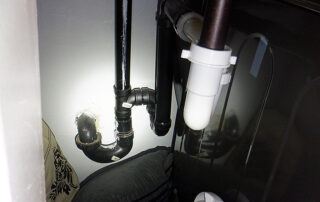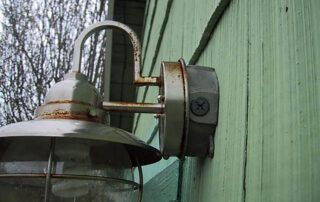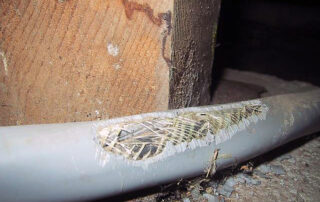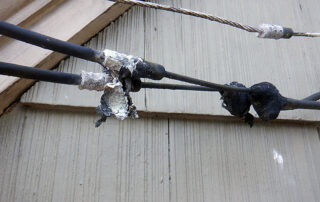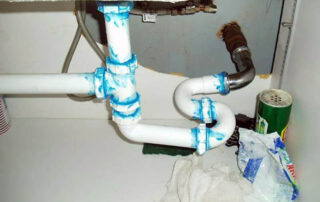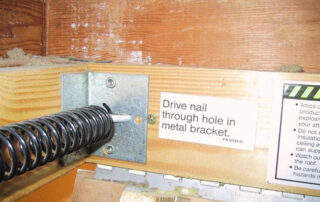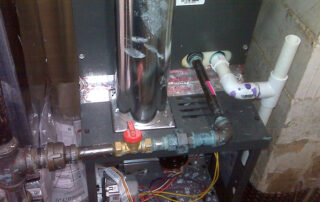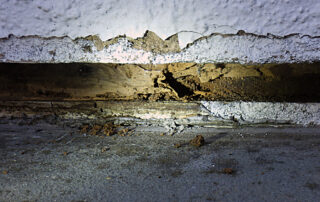Structural Inspection – Oct. 2024
I’m Melting! Melting! Well, no, this building isn’t coming to the same fate as the Wicked Witch of the West, but its split-face block wall does have serious issues with water penetration. Split-face block walls absorb a lot of water and it lifts the paint as it tries to escape. The source of the water penetration may be from improper flashing details or even [...]



